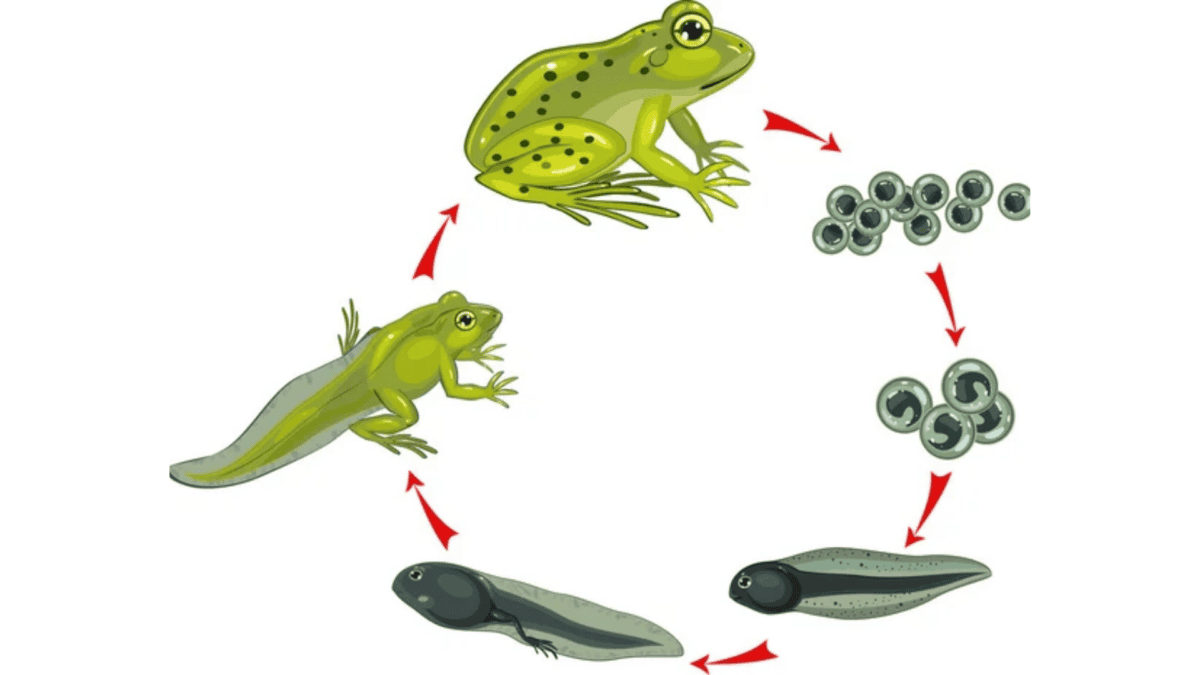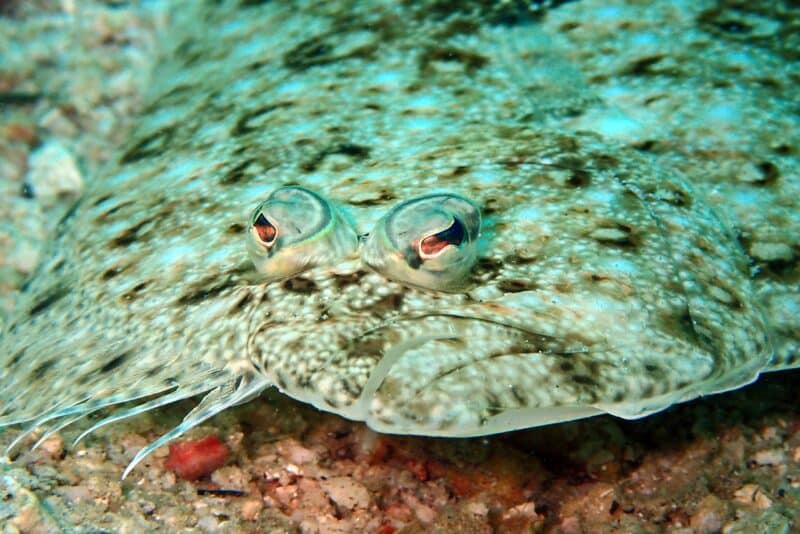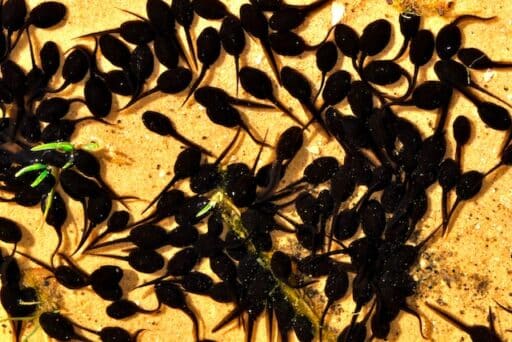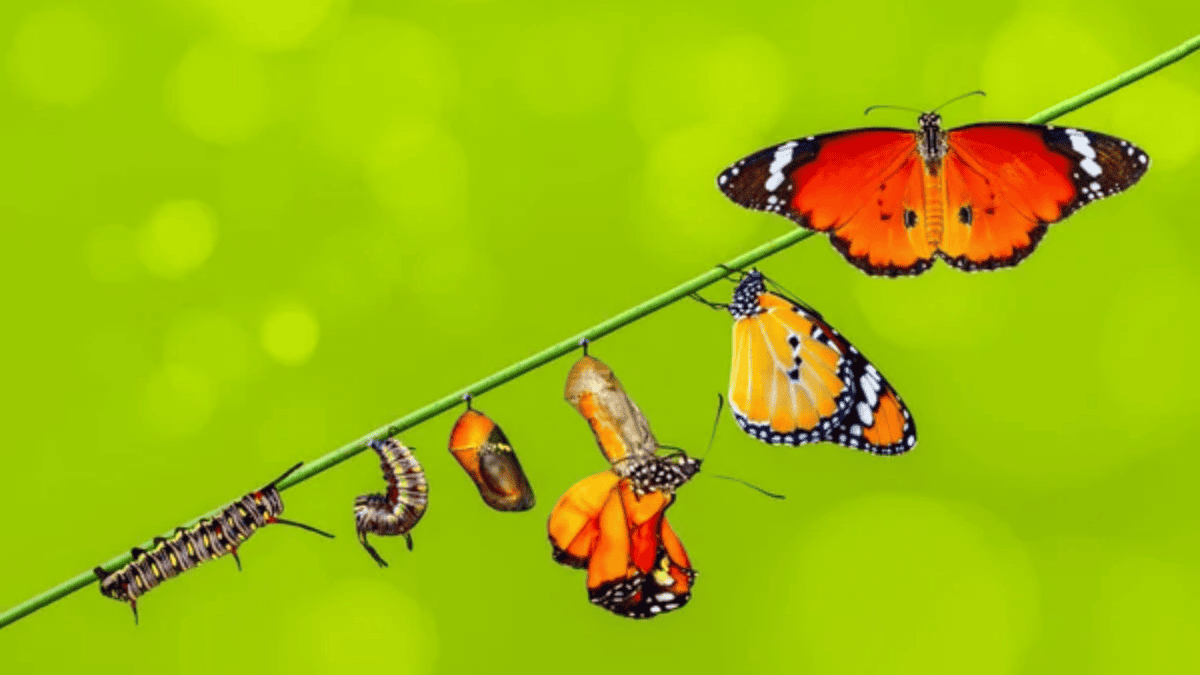Metamorphosis represents one of nature’s most captivating transformations, showcasing the profound changes certain animals undergo throughout their life cycles. This extraordinary process not only highlights the intricacies of biological evolution but also reveals insights into survival strategies within the animal kingdom. Let’s delve into the world of metamorphosis, exploring its stages, examples, significance, and scientific discoveries.
Understanding Metamorphosis: Basic Principles

Metamorphosis is a biological process in which an animal undergoes a distinct and marked change in form or structure during its development from embryo to adult. Predominantly observed in insects and amphibians, metamorphosis involves a series of developmental stages, each characterized by specific morphological, physiological, and behavioral changes. It serves an essential evolutionary role, allowing species to exploit different ecological niches throughout their life cycles.
Metamorphosis in Insects: From Larva to Imago

Insects typically undergo one of two types of metamorphosis: complete (holometabolous) or incomplete (hemimetabolous). Complete metamorphosis involves four stages: egg, larva, pupa, and adult. This process can be seen in butterflies, moths, and beetles. In contrast, incomplete metamorphosis involves three stages: egg, nymph, and adult, as seen in grasshoppers, dragonflies, and cockroaches. Each stage serves specific functions, maximizing survival and reproductive efficiency.
Amphibian Metamorphosis: From Aquatic Larvae to Terrestrial Adults

Amphibians, such as frogs and newts, also undergo metamorphosis, albeit differently from insects. Starting life as aquatic larvae with gills for breathing underwater, these creatures gradually transform into air-breathing adults capable of thriving on land. This transition involves significant changes, like the development of lungs, limbs, and the resorption of the tail. These adaptations allow amphibians to transition from water-dependent life to a more versatile terrestrial existence.
The Importance of Metamorphosis in the Animal Kingdom

Metamorphosis plays a crucial role in the lifecycle and ecological success of many species. By dividing life stages into distinct ecological roles, metamorphosis reduces intraspecific competition for resources. For instance, caterpillars and adult butterflies do not compete for food, as one feeds on leaves while the other consumes nectar. This division helps species thrive by utilizing different habitats and resources throughout their lifecycle.
Diverse Examples of Metamorphosis in Nature

While butterflies and frogs are classic examples, metamorphosis occurs in various other species. Seastars, for instance, undergo dramatic body restructuring from free-swimming larvae to the radial symmetry seen in adults. Some fish species, like flounders, experience metamorphosis by altering their body shape and eye position as they mature. These transformations highlight the diverse strategies life employs to adapt and thrive in different environments.
Fascinating Facts and Recent Scientific Insights

Recent scientific studies have uncovered the molecular mechanisms driving metamorphosis, offering insights into hormonal regulation and genetic control involved in these transformations. Researchers have found that hormones like ecdysone in insects and thyroxine in amphibians play pivotal roles in initiating and regulating these changes. Advances in genetic research have also revealed the evolutionary pathways that led to the development of metamorphosis as an adaptive strategy.
The Evolutionary Advantage of Metamorphosis

The ability to undergo metamorphosis gives many species an evolutionary advantage, aiding their survival and adaptability. By exploiting different ecological niches, metamorphosing animals can efficiently navigate and adapt to changing environments. This not only boosts their survival rates but also enhances their ability to colonize diverse habitats, contributing to their evolutionary success and biological diversity.
The Future of Metamorphosis Research

Continued exploration into the science of metamorphosis promises to unlock further insights into developmental biology, evolutionary mechanisms, and environmental adaptation. Understanding how climate change and habitat destruction affect these processes is also crucial, as metamorphosis is sensitive to external ecological pressures. Ongoing research is vital for conservation efforts, helping scientists develop strategies to protect species that undergo these incredible transformations.
In the grand tapestry of nature, metamorphosis remains one of its most mesmerizing aspects, reflecting the ingenuity and adaptability of life. As we continue to study and admire these transformations, we gain invaluable knowledge about the complexities and wonders of the natural world.
- Watch Primates Grooming Each Other Explained - August 20, 2025
- Immune Systems in Animals: How They Protect Themselves from Disease - August 19, 2025
- Pittie Can’t Stop Shaking Until Rescuers Finally Give Her a Hug - August 19, 2025

